Home>Gardening & Outdoor>Pool & Spa Care>How To Tell If Hot Tub Heater Is Working
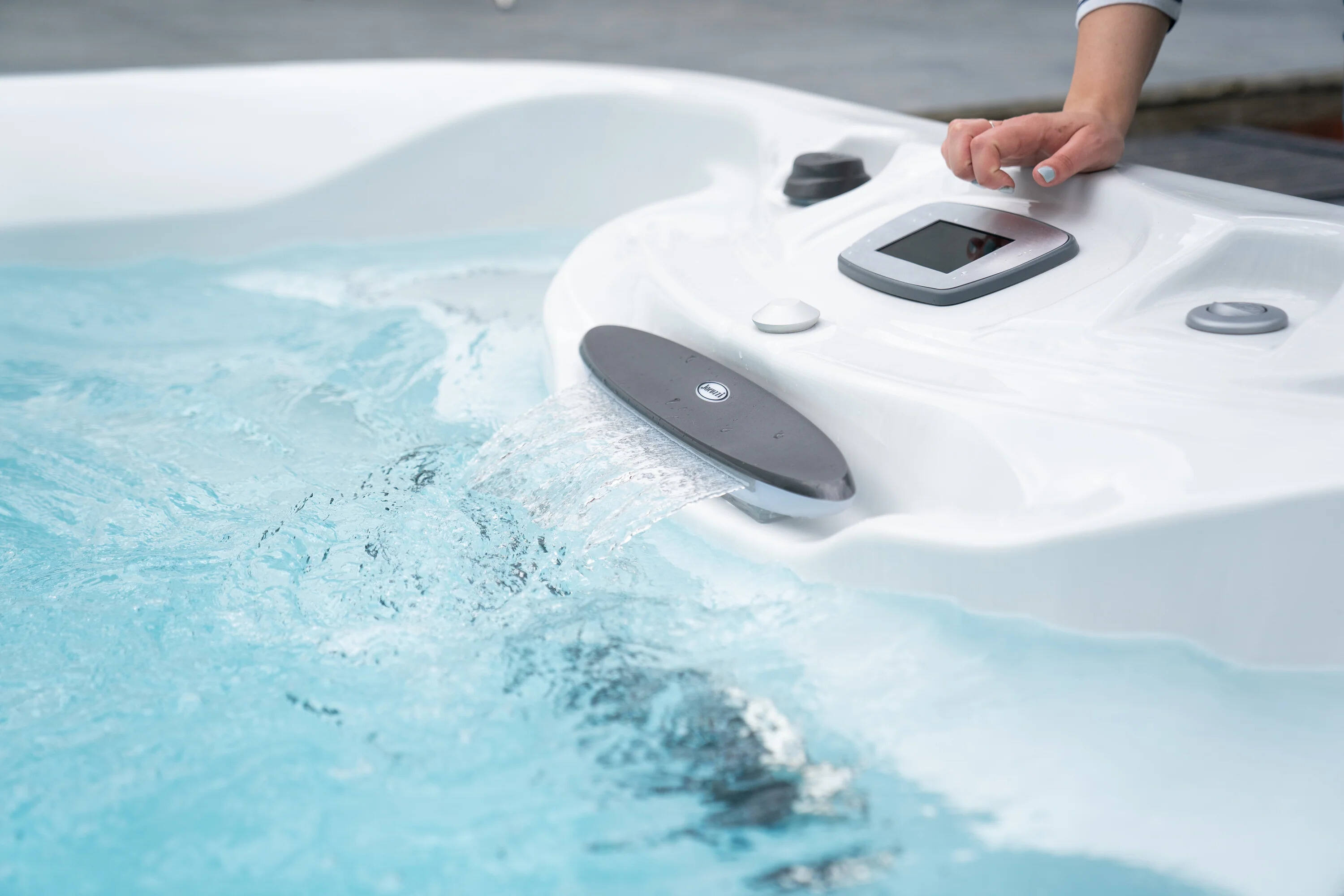

Pool & Spa Care
How To Tell If Hot Tub Heater Is Working
Modified: January 5, 2024
Learn how to determine if your hot tub heater is functioning properly with our expert pool and spa care tips. Keep your hot tub in top condition!
(Many of the links in this article redirect to a specific reviewed product. Your purchase of these products through affiliate links helps to generate commission for Storables.com, at no extra cost. Learn more)
Introduction
So, you've finally made the decision to indulge in the luxurious relaxation of a hot tub. Whether it's to unwind after a long day or to host memorable gatherings with friends and family, a hot tub can be a delightful addition to any home. However, to fully enjoy its benefits, it's crucial to ensure that your hot tub's heater is in optimal working condition.
Understanding the functionality of your hot tub's heater and being able to identify signs of both proper and improper operation is essential for maintaining a consistently enjoyable experience. In this guide, we'll explore everything you need to know about hot tub heaters, from recognizing the indications of a well-functioning heater to troubleshooting common issues. By the end of this article, you'll feel confident in your ability to assess the performance of your hot tub's heater and take the necessary steps to keep it in top shape.
Let's dive into the world of hot tub heaters and equip ourselves with the knowledge to make the most of this luxurious investment.
Key Takeaways:
- A well-functioning hot tub heater maintains consistent water temperature, heats rapidly, operates quietly, and minimizes energy consumption, ensuring a blissful and relaxing experience.
- Signs of a faulty hot tub heater include inconsistent water temperature, slow heating, unusual noises, high energy consumption, thermostat malfunction, and uneven heating, prompting the need for proactive troubleshooting and maintenance.
Understanding Hot Tub Heaters
Hot tub heaters are the essential components responsible for heating the water to your desired temperature, ensuring a soothing and relaxing experience. Most hot tubs utilize electric heaters, which consist of a heating element, thermostat, and control system. The heating element, often made of titanium or stainless steel, is immersed in the water and generates heat when electricity passes through it. The thermostat monitors the water temperature and signals the control system to activate the heating element when the water temperature falls below the set level.
It’s important to note that the efficiency and performance of a hot tub heater can be influenced by various factors, including the size of the hot tub, ambient temperature, insulation, and the condition of the heating element and thermostat. Understanding these elements can help you appreciate the intricacies of your hot tub’s heating system and recognize when it may require attention or maintenance.
Additionally, some hot tubs feature alternative heating methods, such as gas heaters or heat pumps, which operate differently but serve the same purpose of warming the water. Gas heaters utilize propane or natural gas to generate heat, while heat pumps extract warmth from the surrounding air and transfer it to the water. Although the specific mechanisms may differ, the ultimate goal remains consistent: to provide you with a blissful and rejuvenating hot tub experience.
Now that we have a foundational understanding of hot tub heaters and their primary components, let’s delve into the signs that indicate whether your hot tub heater is functioning as it should or if it requires attention.
Signs of a Working Hot Tub Heater
When your hot tub heater is operating optimally, several key indicators will reassure you that it’s effectively maintaining the water temperature and supporting a relaxing environment. Understanding these signs will allow you to appreciate the heater’s performance and promptly identify any deviations from the norm.
Consistent Water Temperature: A well-functioning hot tub heater will uphold a consistent water temperature, ensuring that your soak remains comfortable and enjoyable. Whether you prefer a toasty 102°F or a slightly cooler 98°F, the heater should diligently maintain your selected temperature without significant fluctuations.
Rapid Heating: Upon activating your hot tub, a proficient heater will swiftly elevate the water temperature to your desired level. Efficient heating not only enhances convenience but also reflects the heater’s ability to promptly respond to your needs.
Quiet Operation: While the heating element is at work, the heater should operate quietly, without emitting unusual sounds or disruptive noises. A peaceful ambiance contributes to the overall tranquil experience of your hot tub sessions.
Minimal Energy Consumption: An effectively functioning hot tub heater will utilize energy efficiently, contributing to lower utility costs while sustaining the desired water temperature. Monitoring your energy consumption can help you assess the heater’s performance and identify any irregularities.
Responsive Thermostat: The thermostat’s responsiveness is crucial in maintaining the water temperature within the specified range. A well-calibrated thermostat will promptly activate the heating element when necessary and accurately regulate the water temperature.
Even Heating Distribution: Throughout the hot tub, the water should be uniformly heated, ensuring that every corner of the tub offers a consistent and soothing experience. Even distribution of warmth indicates that the heater is effectively circulating and heating the water.
By recognizing these signs of a properly functioning hot tub heater, you can gain a deeper appreciation for the seamless operation that contributes to your relaxation and well-being. Now, let’s explore the red flags that may indicate a malfunctioning hot tub heater, prompting the need for troubleshooting and potential repairs.
Check the temperature of the water in the hot tub. If it’s not reaching the set temperature or taking a long time to heat up, the heater may not be working properly. Also, listen for any unusual noises coming from the heater.
Signs of a Faulty Hot Tub Heater
Recognizing the signs of a faulty hot tub heater is crucial for maintaining a consistently enjoyable and safe hot tub experience. By promptly identifying potential issues, you can address them before they escalate, ensuring that your relaxation oasis remains in optimal condition. Here are the key indicators that may suggest your hot tub heater requires attention:
- Inconsistent Water Temperature: Fluctuating water temperature, especially if it deviates significantly from your set preference, can signal a malfunctioning heater. Inconsistencies in temperature may disrupt your relaxation and indicate a potential issue with the heating element or thermostat.
- Slow Heating: If your hot tub water takes an unusually long time to reach the desired temperature, it could indicate a declining heater performance. Slow heating may stem from aging heating elements, insufficient power supply, or other underlying issues.
- Unusual Noises: The presence of unusual sounds, such as banging, hissing, or clanking, during the heating cycle can be indicative of problems within the heater. These noises may signify mineral deposits, air pockets, or mechanical issues that require attention.
- High Energy Consumption: A sudden increase in energy consumption without a corresponding change in usage patterns can point to a struggling hot tub heater. Inefficient heating processes can lead to higher energy bills and may signify the need for maintenance or repairs.
- Thermostat Malfunction: If the water temperature consistently exceeds or falls short of the set level, it may indicate a malfunctioning thermostat. A malfunctioning thermostat can disrupt the heater’s operation and lead to discomfort during hot tub sessions.
- Uneven Heating: Areas of the hot tub experiencing inconsistent warmth or noticeable cold spots may indicate circulation or heating issues. Proper water circulation and uniform heating are essential for a satisfying and rejuvenating hot tub experience.
By remaining attentive to these signs, you can proactively address potential heater issues and safeguard the enjoyment and functionality of your hot tub. Now, let’s explore the essential steps for troubleshooting a hot tub heater to identify and resolve these issues effectively.
Troubleshooting a Hot Tub Heater
When faced with potential issues related to your hot tub heater, a systematic approach to troubleshooting can help identify and address the underlying causes. By following these essential steps, you can effectively diagnose and resolve common hot tub heater issues:
- Check Power Supply: Ensure that the hot tub is receiving adequate power. Verify that the circuit breaker is not tripped and that the power supply to the heater is uninterrupted.
- Inspect Heating Element: Examine the heating element for signs of damage, corrosion, or scale buildup. Deposits on the heating element can impede heat transfer and diminish the heater’s efficiency.
- Assess Thermostat Calibration: Verify the accuracy of the thermostat by comparing the displayed temperature with a reliable thermometer. Recalibrate the thermostat if necessary to ensure precise temperature regulation.
- Clear Obstructions: Check for and remove any obstructions in the water flow, such as debris or mineral deposits, that may hinder proper circulation and heating.
- Purge Air Pockets: If the heater is experiencing air pockets, bleeding the air from the system can restore efficient water flow and heating performance.
- Inspect Wiring and Connections: Examine the electrical connections and wiring for signs of wear, damage, or loose connections. Faulty wiring can disrupt the heater’s operation and pose safety risks.
- Consult a Professional: If troubleshooting steps do not resolve the issues or if you are uncomfortable performing certain checks, seek assistance from a qualified hot tub technician to diagnose and address the heater problems.
By methodically addressing these troubleshooting steps, you can gain valuable insights into the condition of your hot tub heater and take appropriate measures to restore its optimal performance. Regular maintenance and attentive monitoring can help prevent potential issues and prolong the lifespan of your hot tub heater, ensuring uninterrupted relaxation and enjoyment.
Now that we’ve explored the essential troubleshooting steps, you are equipped with the knowledge to assess and address hot tub heater issues effectively. Let’s conclude our journey into the world of hot tub heaters with a recap of the key insights we’ve gained.
Read more: How A Hot Tub Works
Conclusion
Throughout this exploration of hot tub heaters, we’ve gained a comprehensive understanding of these vital components and the signs that indicate their proper or improper operation. By recognizing the nuances of a working hot tub heater and the potential red flags of a malfunctioning one, you are empowered to maintain a blissful and rejuvenating hot tub experience.
From the consistent maintenance of water temperature to the efficient distribution of warmth, a well-functioning hot tub heater contributes significantly to the overall enjoyment and relaxation derived from your hot tub sessions. By remaining attuned to the signs of a working heater, such as consistent temperature maintenance, rapid heating, and quiet operation, you can relish the soothing ambiance of your hot tub oasis.
Conversely, the identification of signs indicating a faulty hot tub heater, such as inconsistent water temperature, slow heating, and unusual noises, enables you to proactively troubleshoot and address potential issues. Through systematic troubleshooting steps, including power supply checks, heating element inspections, and thermostat calibration, you can effectively diagnose and resolve common heater-related concerns, ensuring the continuous functionality and enjoyment of your hot tub.
As you embark on your hot tub ownership journey, remember that regular maintenance, attentive monitoring, and proactive troubleshooting are essential for preserving the optimal performance of your hot tub heater. By incorporating these practices into your hot tub care routine, you can uphold a tranquil and indulgent environment for yourself, your family, and your guests.
With this knowledge at your disposal, you are well-equipped to embrace the soothing embrace of your hot tub, confident in your ability to discern the subtle indicators of a well-functioning heater and address any challenges that may arise. May your hot tub continue to serve as a sanctuary of relaxation and rejuvenation, enriching your life with moments of pure bliss and comfort.
Frequently Asked Questions about How To Tell If Hot Tub Heater Is Working
Was this page helpful?
At Storables.com, we guarantee accurate and reliable information. Our content, validated by Expert Board Contributors, is crafted following stringent Editorial Policies. We're committed to providing you with well-researched, expert-backed insights for all your informational needs.
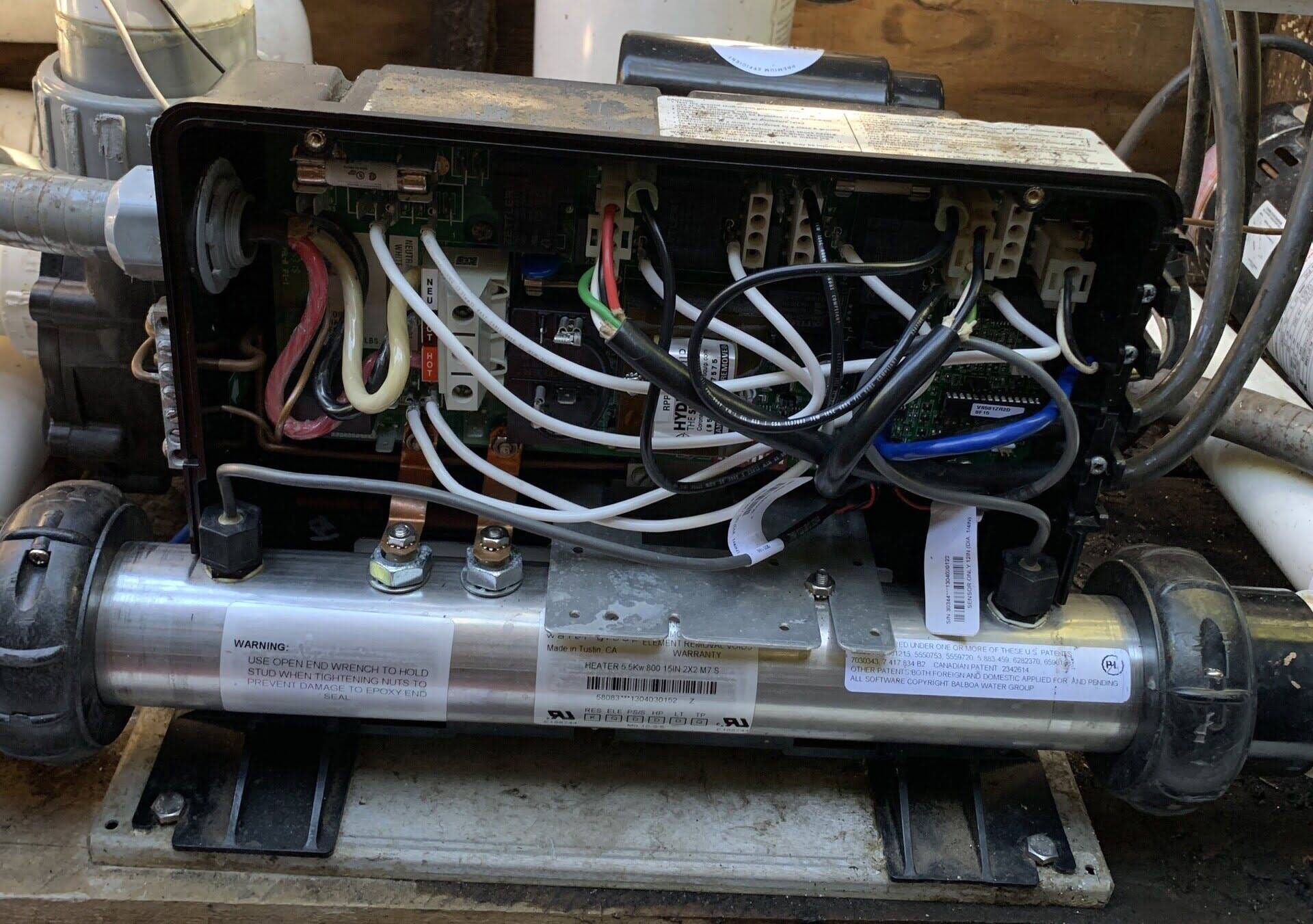
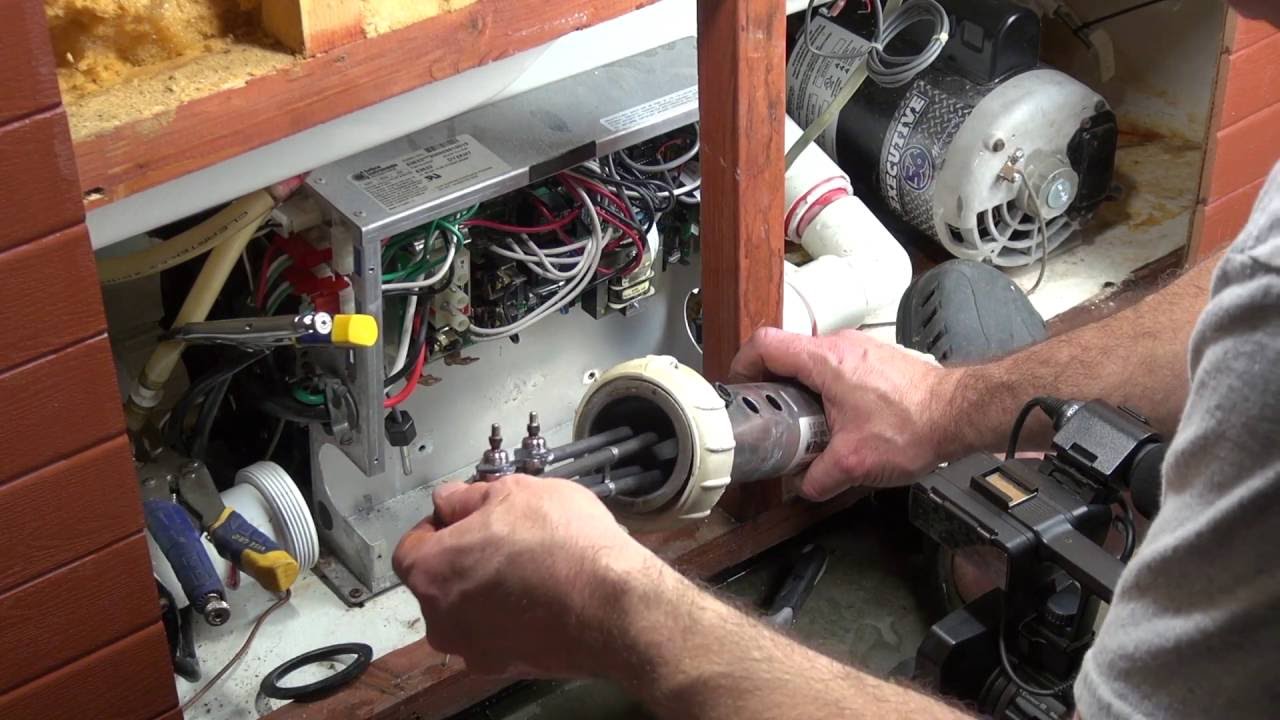

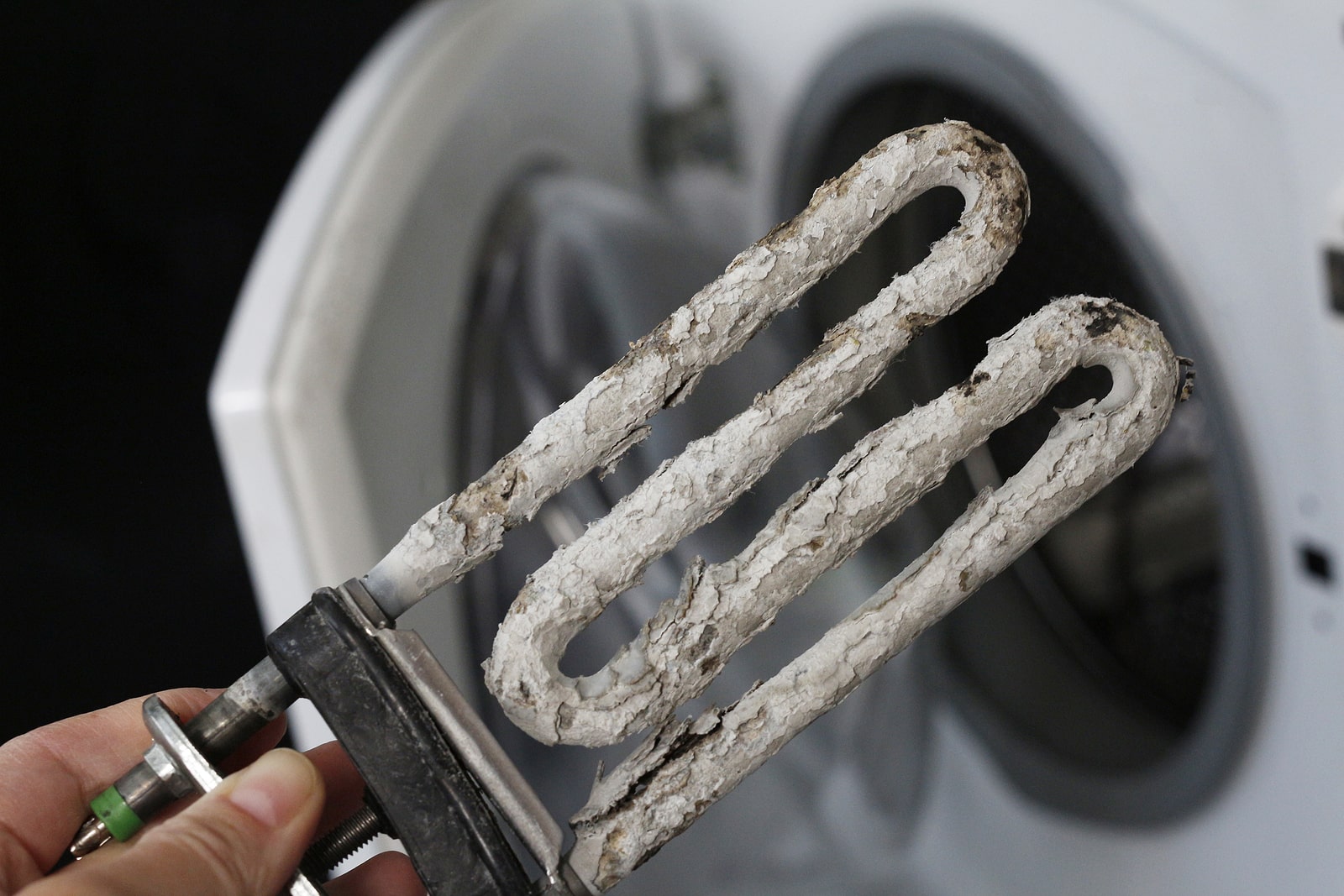
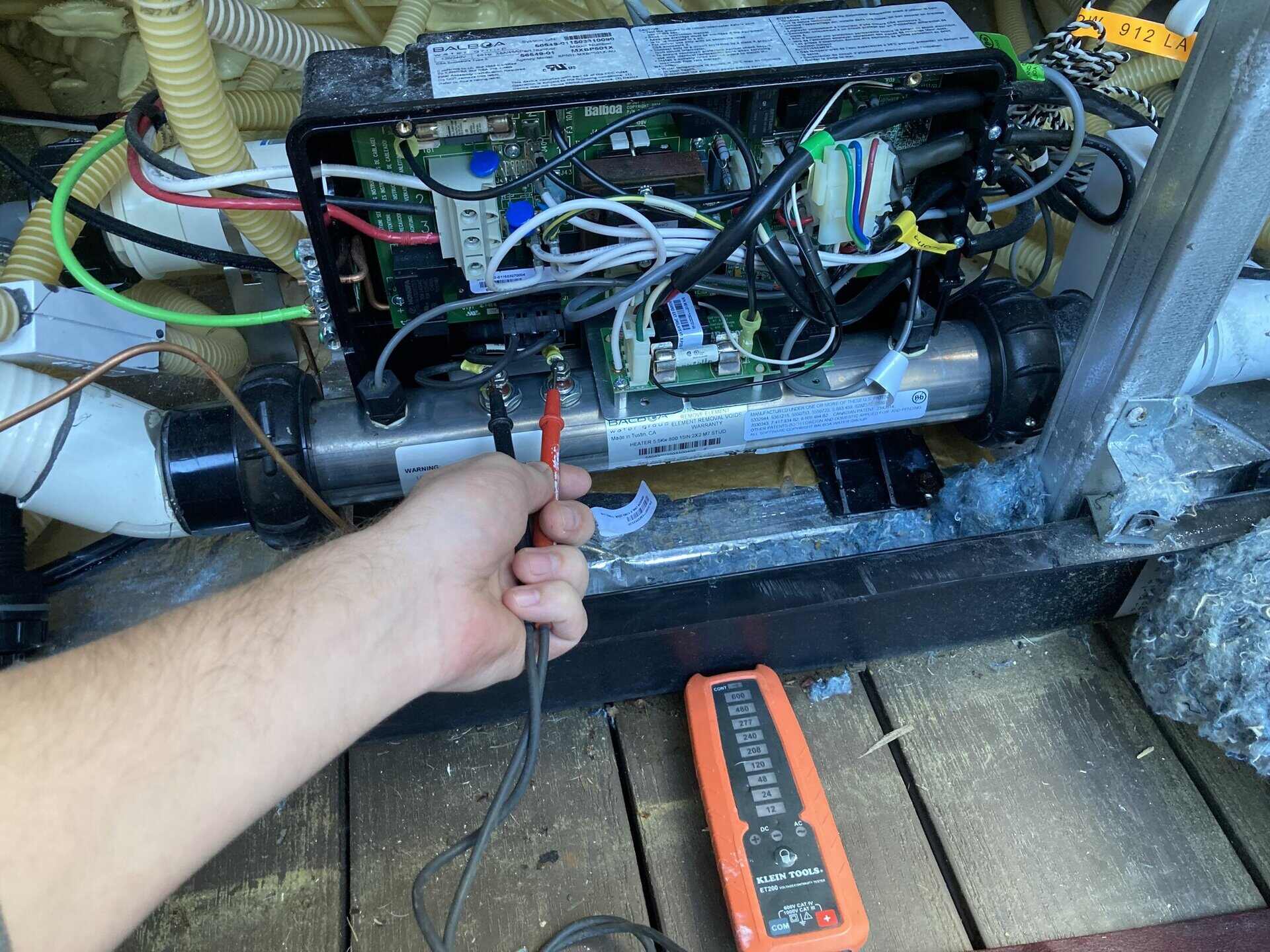
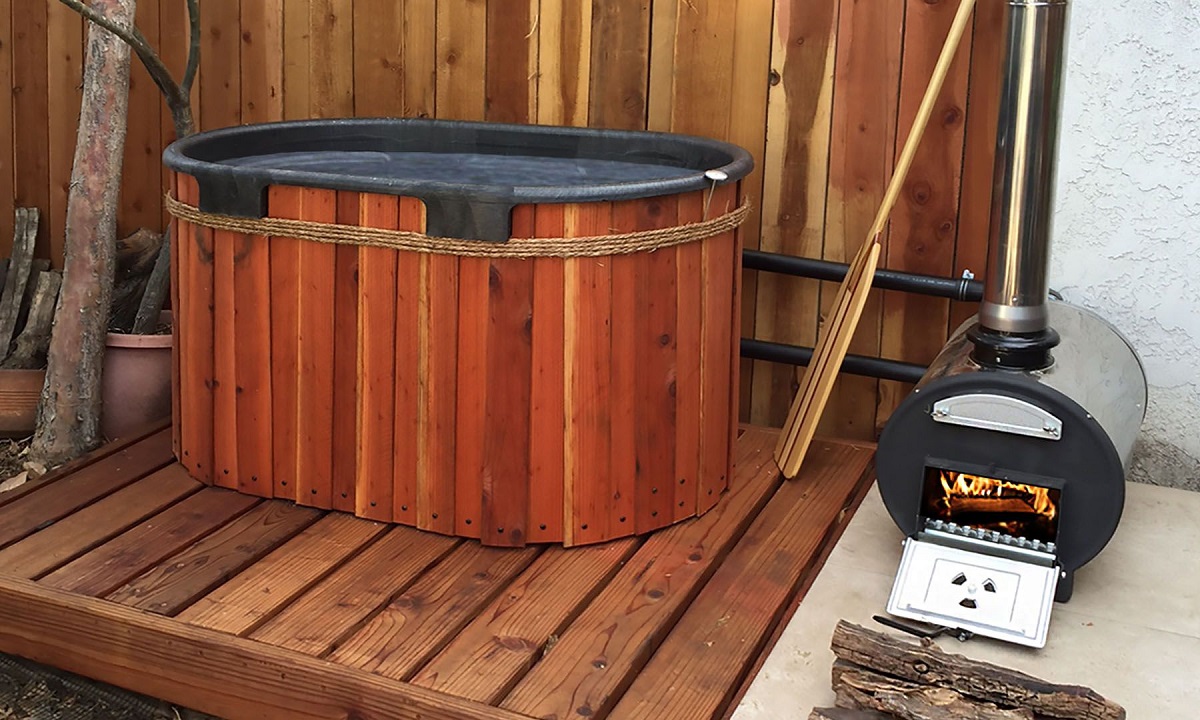
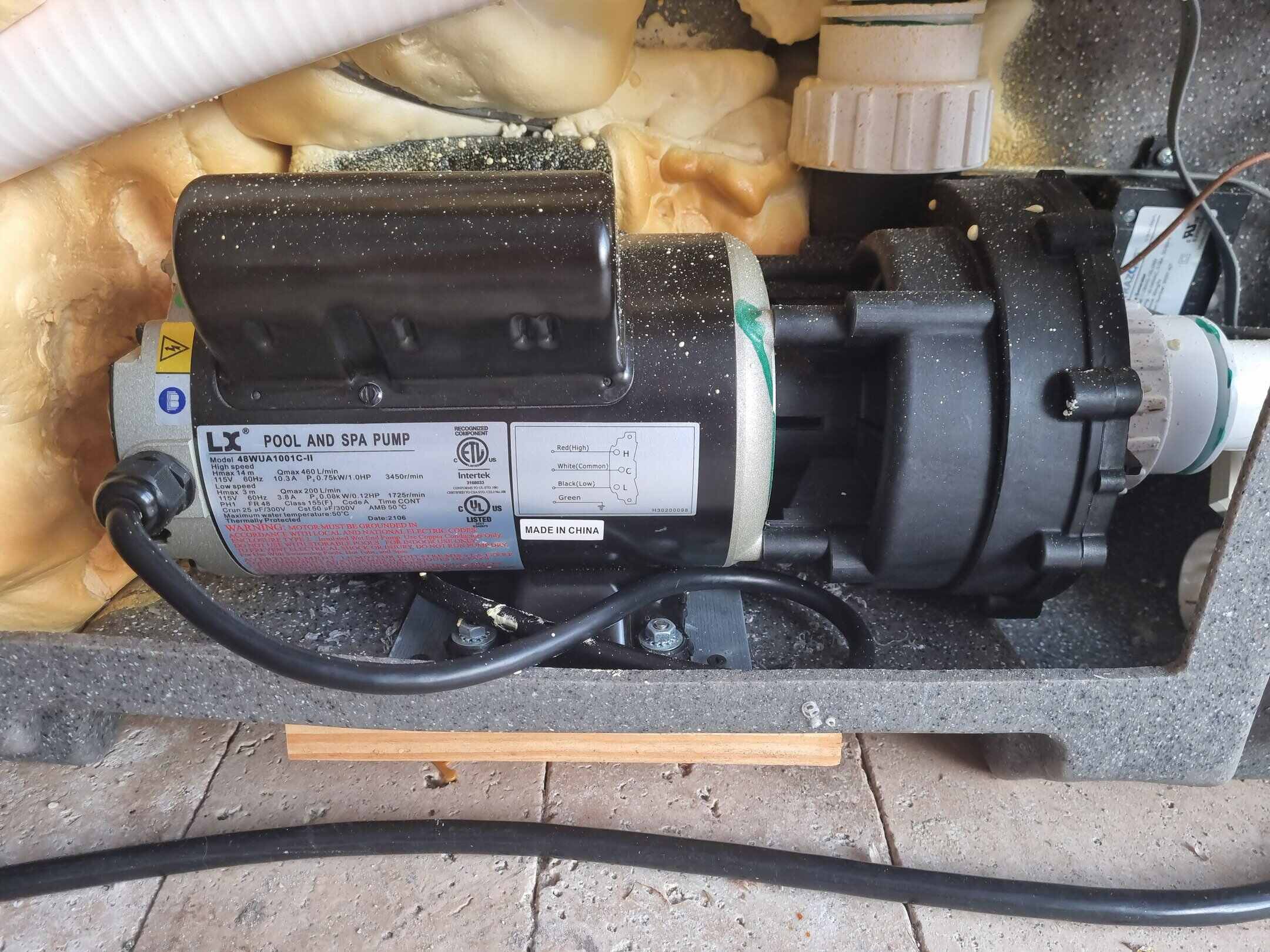
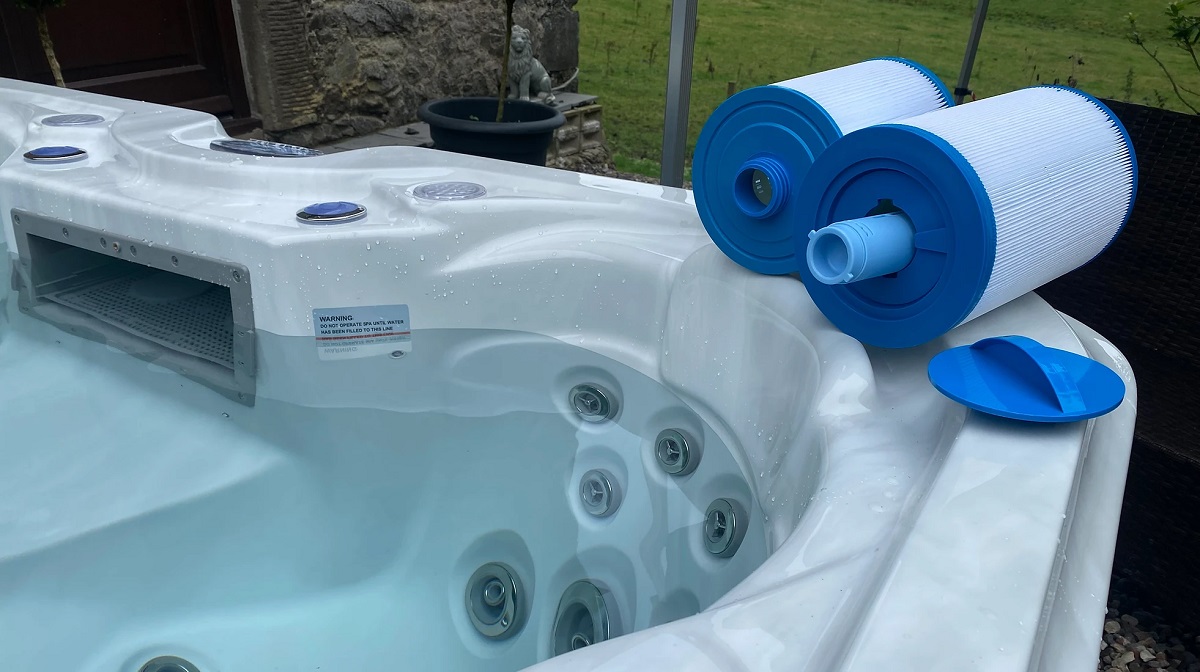

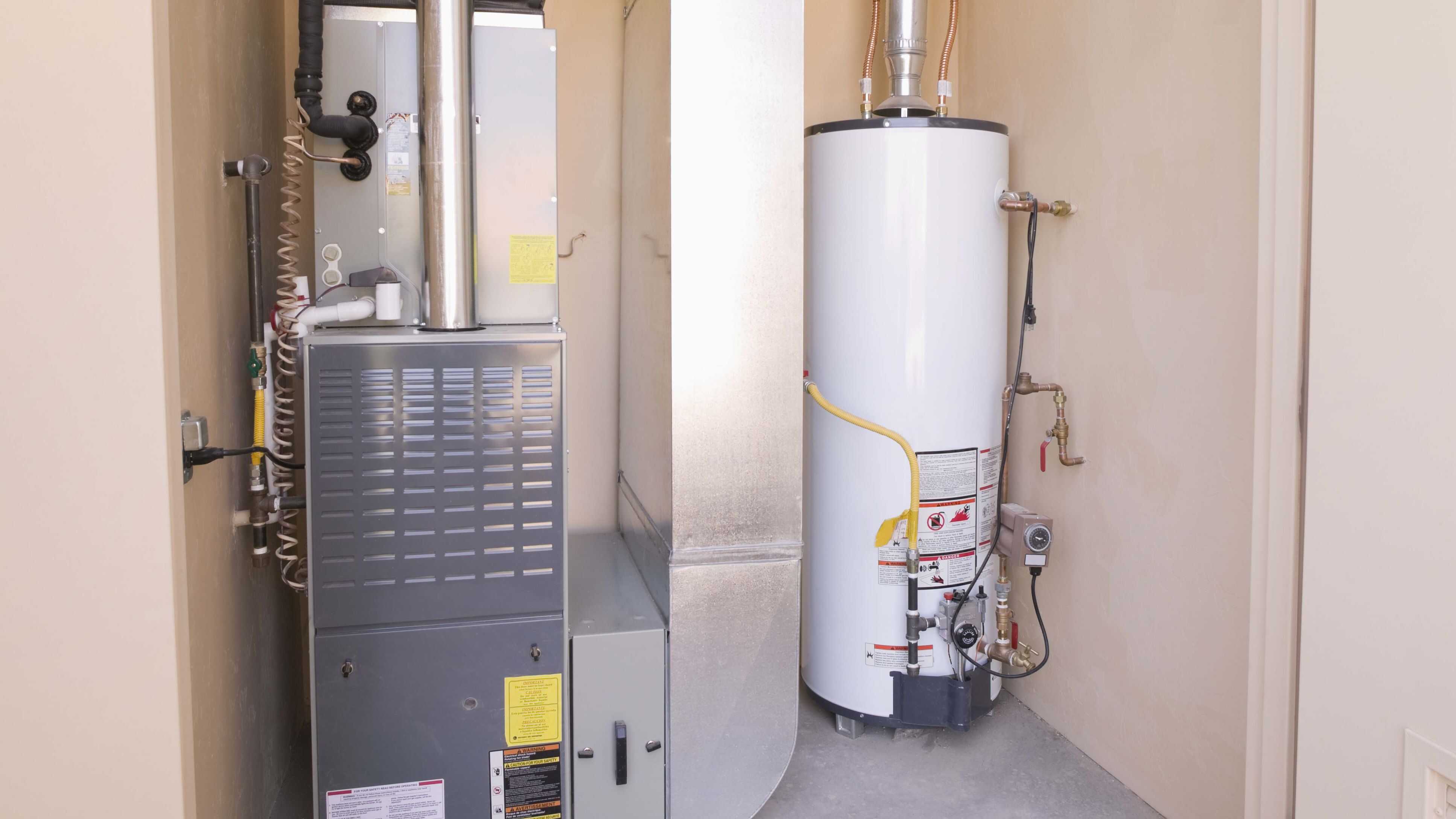
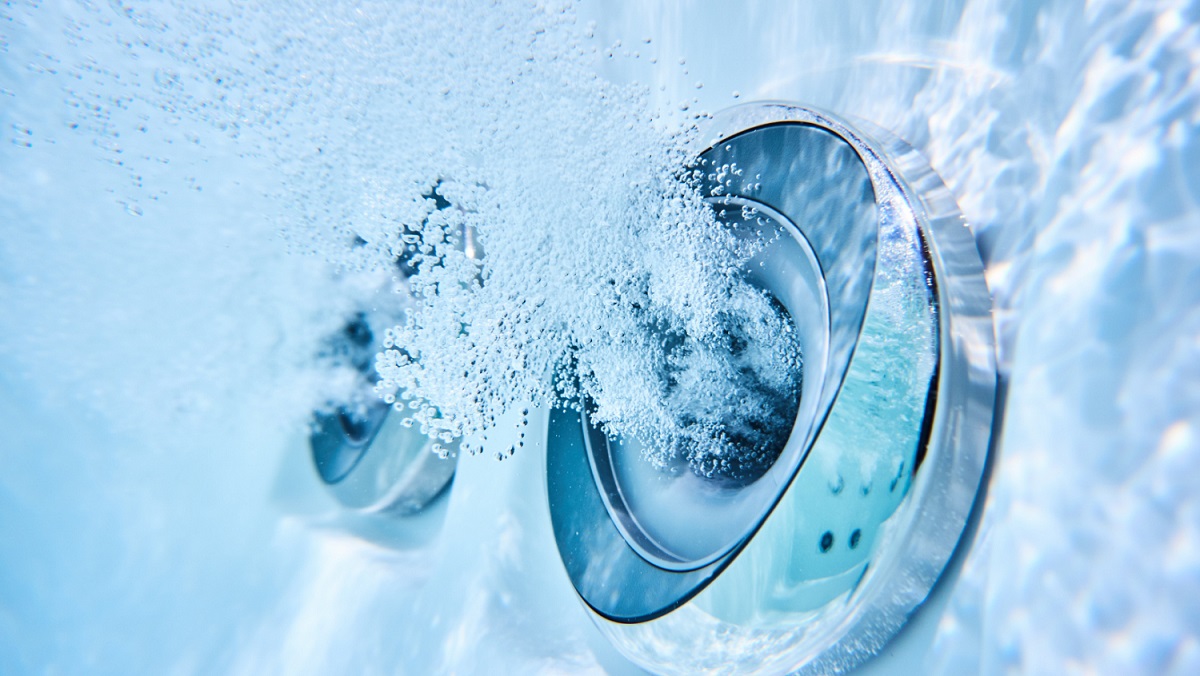
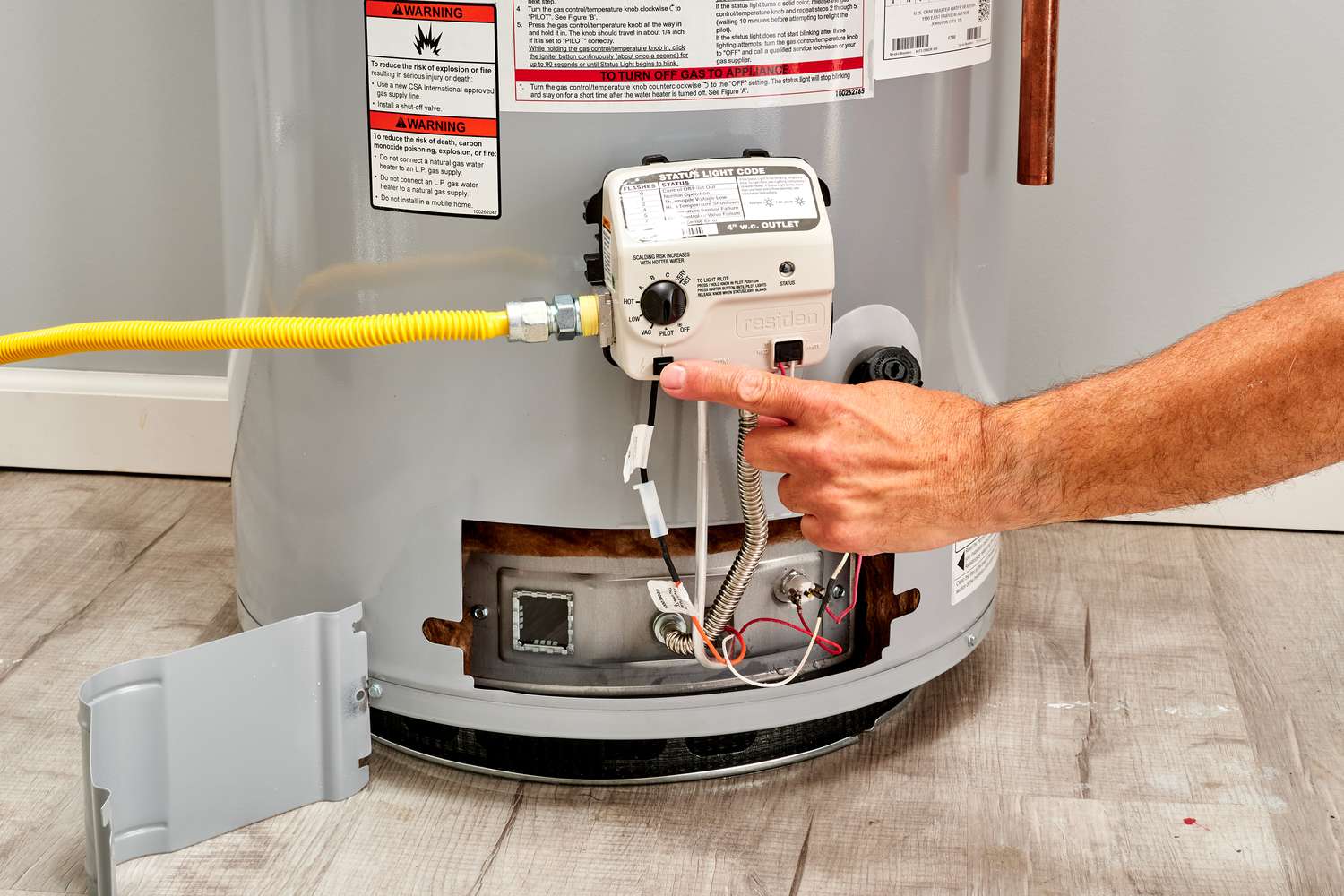

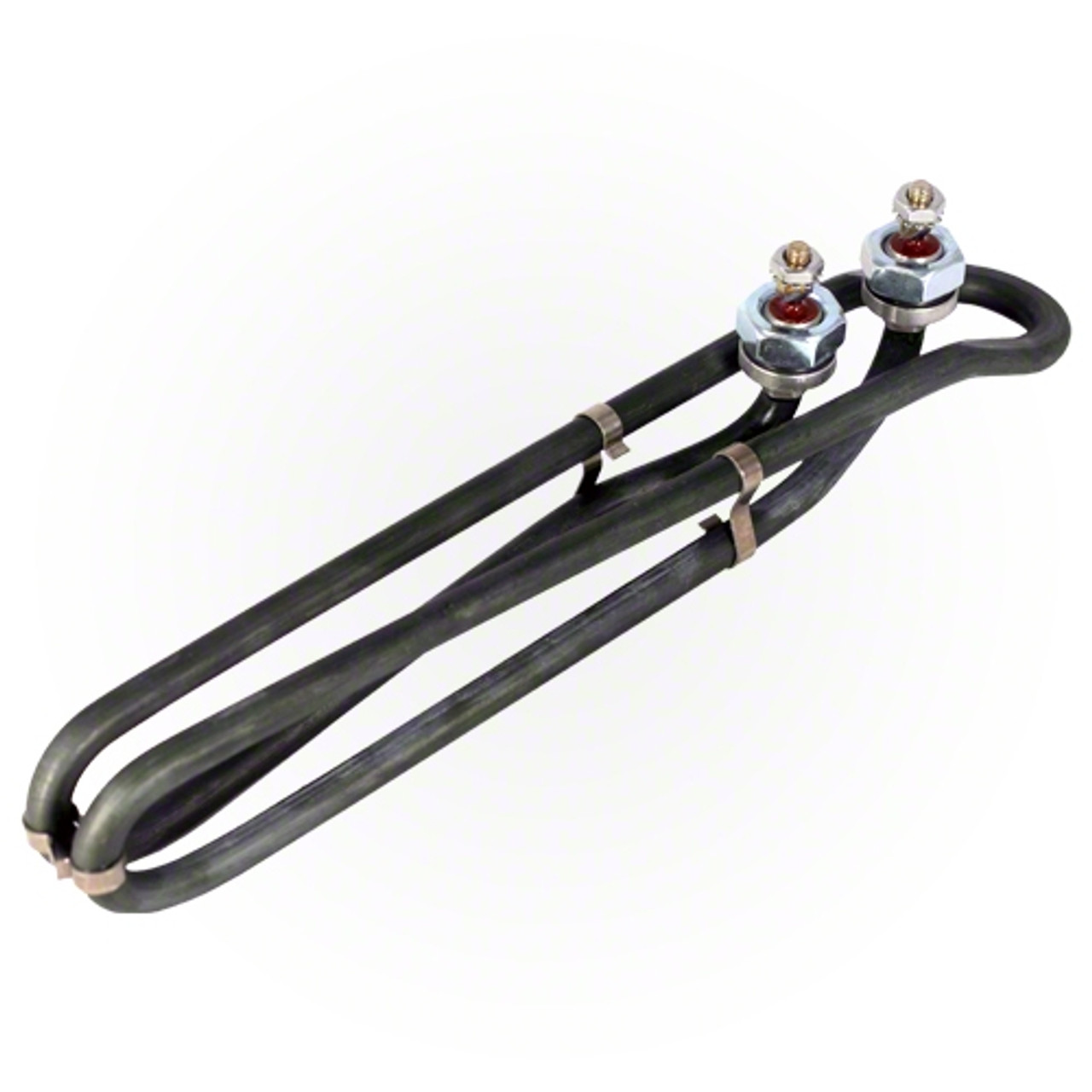

0 thoughts on “How To Tell If Hot Tub Heater Is Working”